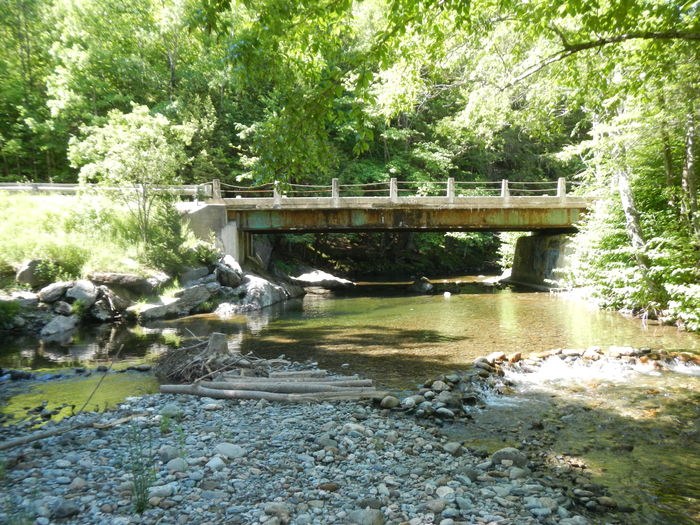
The Hydraulics Unit is a small but dynamic group of professionals with the primary function of supporting the design and permitting of bridges and culverts that are compatible with Vermont’s rivers and streams. This involvement in the design process is aligned with VTrans’ strategic goal to, “provide a safe and resilient transportation system in an environmentally responsible manner.” The Hydraulics Unit is trained in the specialty areas of hydrology, fluvial geomorphology, aquatic organism passage, bridge scour, and sediment transport. The following supplemental information has been developed to aid local stakeholders that have received a hydraulics report from the VTrans Hydraulics Unit.
Hydraulic Related Links
Stone Fill vs. E-Stone White Paper
FHWA Hydraulic Engineering Website
Hydraulic Study Request Process for Towns
To request a hydraulic study for a town highway. Please contact the Regional VTrans Maintenance District and they will submit a hydraulic request on behalf of the town.
Below are other useful links that may be useful to the town.
